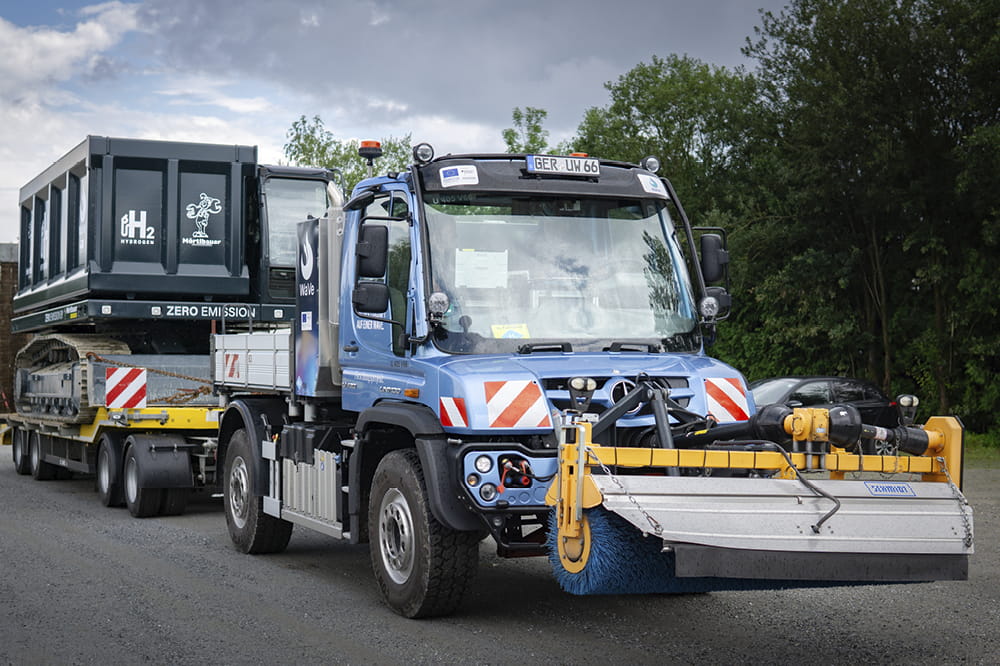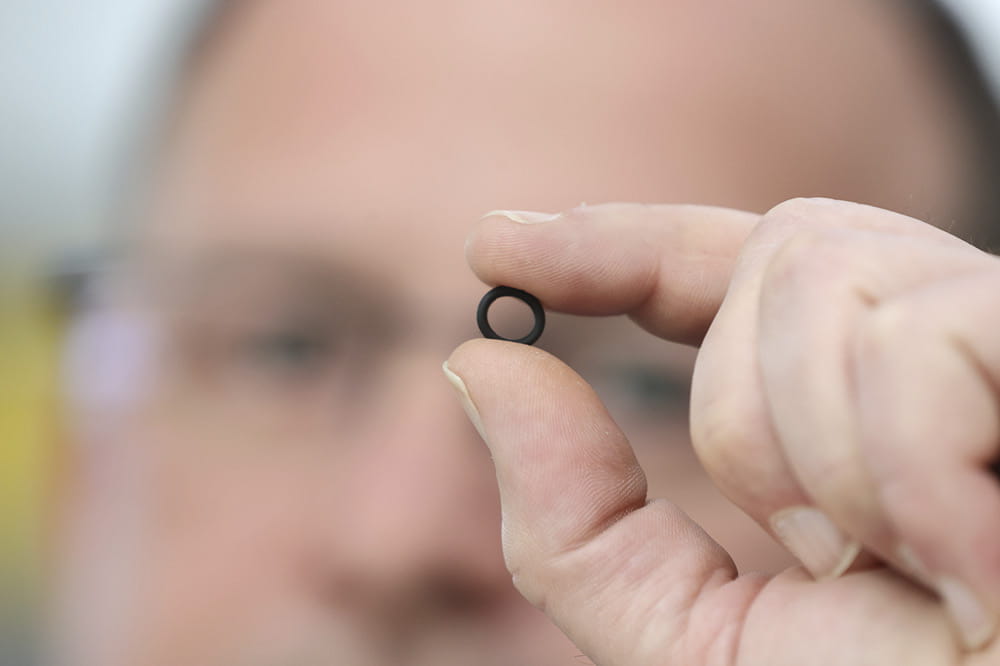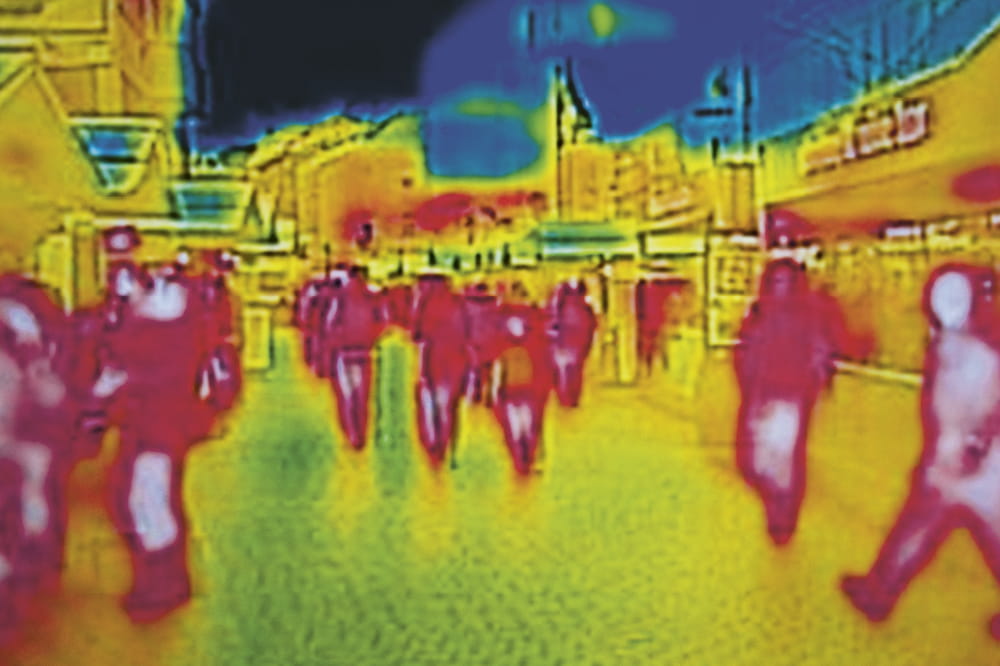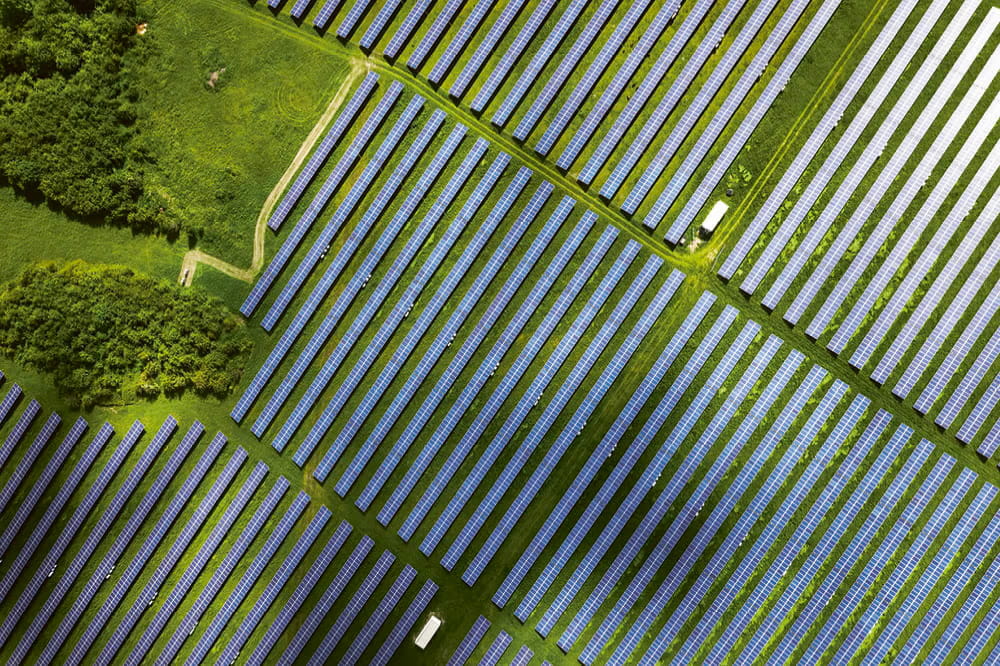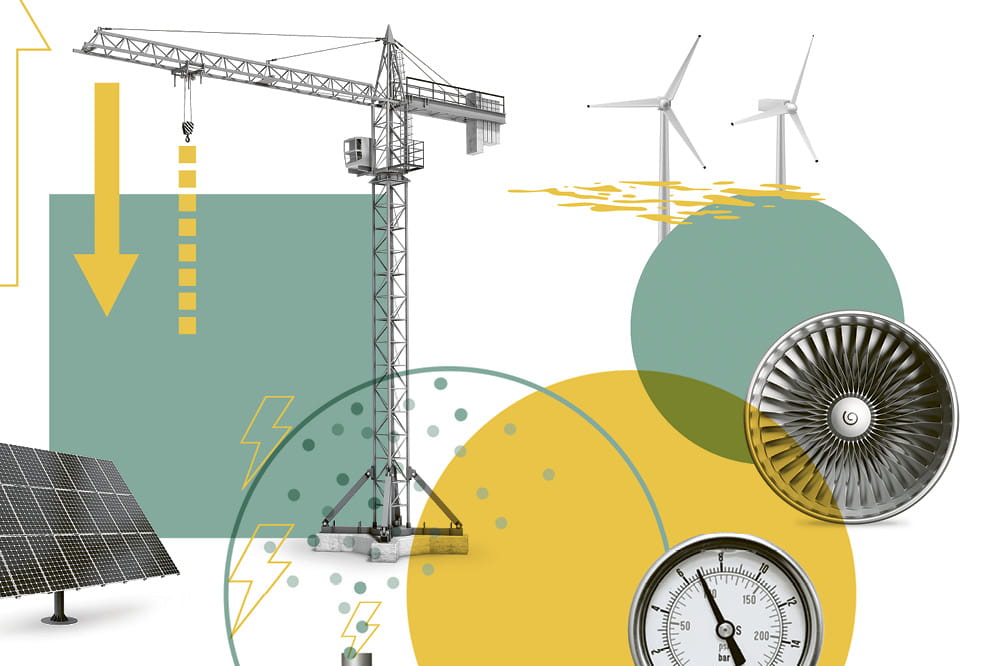Obtain news and background information about sealing technology, get in touch with innovative products – subscribe to the free e-mail newsletter.

When Nothing Works
During 2016, German consumers had to do without electric power for a little more than twelve minutes on average. But what happens if there is a wide-ranging blackout in the era of the energy transition? How do you reboot an electric grid that depends on IT? A German team of researchers is now tackling these issues.
Blackouts have many different causes, including natural disasters and cyberattacks. The energy transition also poses risks: The grid may be more susceptible to disruptions with renewable energy than with conventional generation from large power plants. That’s because energy produced with hydropower, wind turbines or solar cells mostly relies on small facilities that are networked with one another. A disruption in one of them could spread to others in a domino effect, and the likelihood of a blackout would increase.

Energy Transition Complicates “Black Start”
If a steam power plant ever failed in the past, a rotary alternating-current generator would ensure that it could be started up again. Hydropower stations can also restart turbines, and thus large conventional power plants, without electricity. But with the energy transition, the scenario for a so-called “black start” after a large-scale blackout has become much more complicated – not least of all because of the advanced information technology needed for it. In the end, IT is the only way to match the many widely-distributed wind, solar and hydropower stations to the needs of customers. But IT-based smart grids also depend on highly stable electrical grids.
During the summer of 2017, an experiment in northeast Germany pointed to a possible alternative. It succeeded in rebuilding a disconnected electric grid while including a high-performance battery power plant. In the next stage, the battery plant is scheduled to demonstrate its capabilities as renewable energy sources are added.
IT and Energy Systems Must Be Coordinated
In the future, a careful coordination of IT and electric power systems will be a basic requirement for black starts. The systems must be rebuilt and started up in parallel while still interacting with one another dynamically. But the startup of an energy system based on renewable sources – which feature fairly large natural fluctuations – still raises unanswered questions.
Researchers at universities in Passau and Oldenburg will be dealing with them over the next few years. As part of the black-start project, they plan to explore the causes of blackouts in greater depth and highlight possible strategies for carrying out black starts in the future. At the same time, the researchers will continue to work on the approach presented above: resorting to battery power plants as backups.
The focus is on renewable energy at Freudenberg Sealing Technologies. Would you like to learn more?
More Stories About Renewable Energy
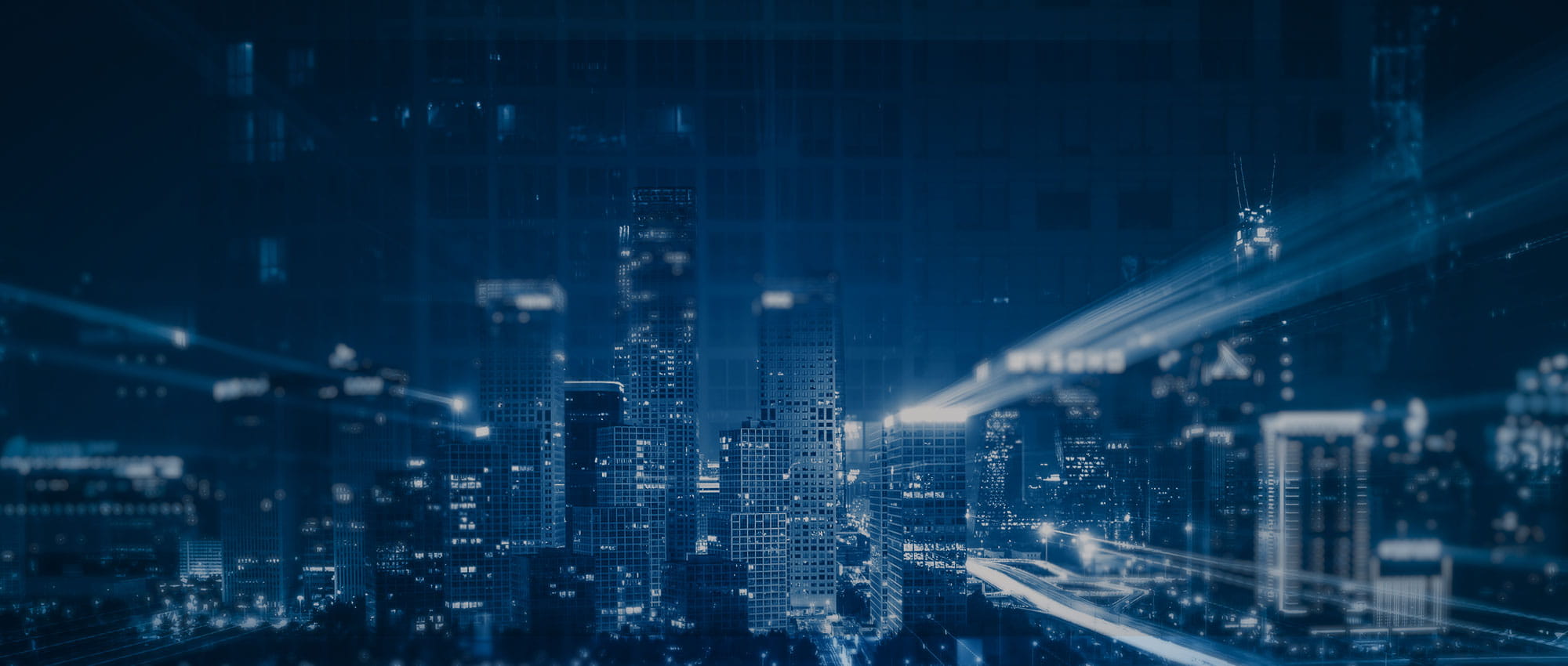
Join Us!
Experience Freudenberg Sealing Technologies, its products and service offerings in text and videos, network with colleagues and stakeholders, and make valuable business contacts.
Connect on LinkedIn! open_in_new


